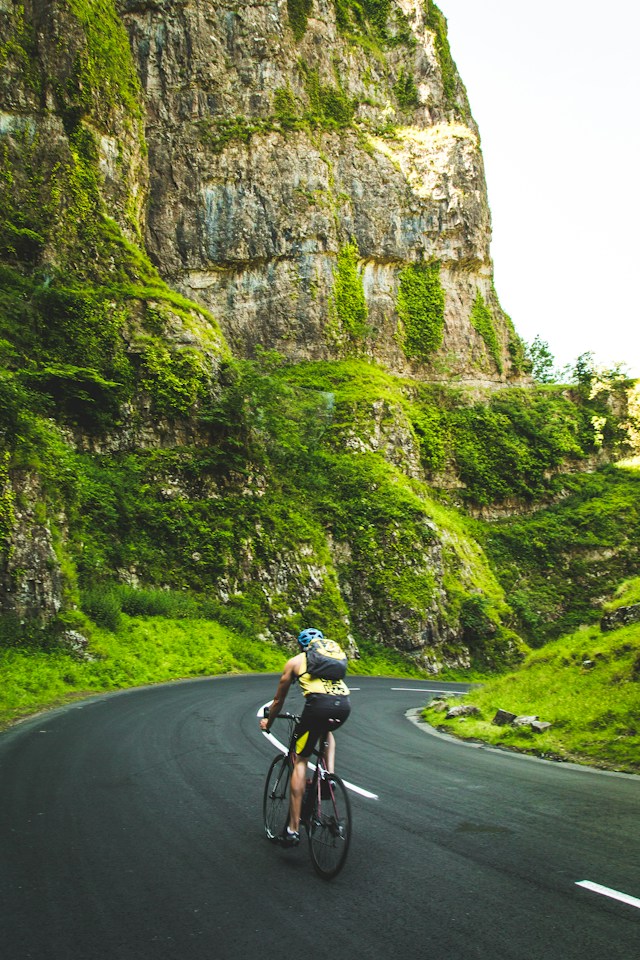The role of sports in preserving endangered languages and traditions.

When it comes to preserving endangered languages and traditions, one might not immediately think of sports as being a significant factor. However, in recent years, sports have emerged as an unexpected hero in this respect. From indigenous communities using traditional games to teach their native languages to children, to national sports organizations promoting cultural diversity and inclusion, sports are playing a vital role in preserving endangered languages and traditions.
Sports as a Language Teaching Tool
In every corner of the world, you will find communities using sports as an innovative tool to teach and preserve their endangered languages. The rationale behind this approach is simple: sports, as a universal language of sorts, can bridge gaps that traditional education methods often cannot.
Avez-vous vu cela : The cultural exchange through sports diplomacy and international competitions.
Cela peut vous intéresser : The cultural exchange through sports diplomacy and international competitions.
It’s not just about playing games, but embedding the language into the fabric of the game. Children and young people in these communities learn the rules of the game, but also the indigenous terms and phrases associated with it. In essence, they’re learning their ancestors’ language without even realizing it – fluently and naturally.
En parallèle : The impact of sports on youth empowerment and leadership development.
An excellent example of this is the revival of the traditional Maori sport of Ki-o-rahi in New Zealand. This fast-paced game, rich in cultural heritage, is being used in schools and clubs to teach Maori language and cultural values to children.
A lire aussi : The impact of sports on youth empowerment and leadership development.
The Role of National Sports Organizations
National sports organizations are also playing a commendable role in preserving endangered languages and traditions. Recognizing that sports are not just about competition but also culture and identity, these organizations are initiating programs and policies to promote the use of endangered languages.
For instance, in Canada, the national hockey league has started incorporating indigenous languages into their broadcasts. This not only spreads awareness among the wider public but also instills a sense of pride in the language speakers, encouraging them to continue using and preserving their language.
Moreover, these organizations are not only focusing on languages but also promoting the traditional sports of indigenous communities. In doing so, they are helping to keep these rich and diverse traditions alive.
Sports and Cultural Heritage
Beyond language, sports also play a significant role in preserving cultural heritage. Traditional sports and games are an integral part of a community’s identity and history. They reflect the cultural values, social norms, and even the spiritual beliefs of a community.
By promoting and preserving these traditional sports, we are also safeguarding the unique cultural heritage associated with them. Not to mention, it’s a fun and engaging way to educate people about different cultures and traditions.
An excellent example of this is the sport of Sepak Takraw, a traditional game in Southeast Asia. This game, sometimes referred to as "kick volleyball," has been played for centuries and is steeped in cultural heritage. By promoting and preserving Sepak Takraw, the countries of Southeast Asia are also preserving a part of their cultural identity.
Sports and Community Building
Sports, being communal by nature, are a powerful platform for community building and strengthening cultural bonds. When people gather to play or watch sports, they are also sharing and celebrating their unique languages and traditions. This sense of community and shared identity is instrumental in preserving endangered languages and traditions.
For instance, in the United States, Native American communities are using Lacrosse, a traditional sport, to bring together community members and reinforce their shared cultural heritage. The sport acts as a common thread, weaving together the community’s unique language, traditions, and identity.
Conclusion
While the preservation of endangered languages and cultures is a complex and multifaceted issue, it’s clear that sports are playing an increasingly significant role in this effort. From acting as a language teaching tool to fostering community ties, sports are proving to be an effective and engaging means of preserving our world’s rich and diverse cultural heritage. Ultimately, we must recognize and support these efforts to ensure that these precious languages and traditions are preserved for future generations.
Indigenous Games and Social Media Exposure
Given the power and reach of social media in our modern world, indigenous games are now finding a platform to showcase their unique sports and related lingual traditions. Social media’s ability to cross borders and reach multitudes in a matter of seconds significantly contributes to the preservation of endangered languages and traditions.
When indigenous communities share their traditional sports with the world through social media, they enrich the world’s cultural diversity and simultaneously promote their indigenous language and traditions. Platforms like Instagram, Facebook, and Twitter have become instrumental in creating awareness about these unique cultural practices.
In 2019, the United Nations declared the year as the International Year of Indigenous Languages to raise awareness about the crucial role languages play in people’s daily lives. As part of this initiative, many indigenous communities utilized social media to highlight their traditional games and the endangered languages associated with them.
For instance, the traditional Inuit game of "knuckle hop," a part of the Arctic Sports, was widely shared on social platforms, bringing global attention to the Inuit language and culture. Similarly, native American communities used social media to showcase the significance of Lacrosse in their cultural identity, increasing global recognition of their native language and traditions.
Through social media, indigenous peoples are not only preserving but also reviving their endangered languages and traditions associated with their traditional games. The global exposure these sports receive ignites curiosity and respect for cultural diversity, encouraging more people to learn about and appreciate these unique linguistic and cultural practices.
The International Decade of Indigenous Languages and Sports
The United Nations has declared 2022-2032 as the International Decade of Indigenous Languages, aiming to draw attention to the critical loss of indigenous languages and the profound impact it has on the cultural diversity of our world. Sports, being a universal language, play a significant role in this endeavor.
This decade-long focus provides an opportunity for indigenous communities worldwide to showcase their traditional sports and, in the process, promote their endangered languages. It also encourages national sports organizations and international sporting events to incorporate and highlight indigenous languages and cultural practices.
One notable initiative during this decade has been the inclusion of indigenous languages and traditional knowledge in major sporting events. For instance, the Rugby World Cup held in New Zealand in 2021 included Maori language and cultural elements, not just in the opening ceremony but throughout the tournament. Similarly, the 2024 Olympic Games are set to incorporate aspects of French Polynesian culture and Tahitian language, demonstrating a global commitment to celebrating and preserving linguistic and cultural diversity.
As we progress through this International Decade of Indigenous Languages, sports will continue to serve as a powerful medium for raising awareness and preserving the endangered languages and traditions of indigenous peoples.
Conclusion
The role of sports in preserving endangered languages and traditions cannot be overstated. As a universal language, sports provide an innovative and engaging platform for teaching and preserving indigenous languages. They bridge the gap between generations, allowing for the smooth transmission of traditional knowledge and cultural heritage.
Through global initiatives like the International Year and International Decade of Indigenous Languages, and the increasing use of social media, sports are gaining the attention they deserve in their vital role in preserving linguistic and cultural diversity.
As we move forward, it is essential to continue supporting and promoting the use of sports as a tool for preserving our world’s rich and diverse cultural heritage. This support will not only ensure that these endangered languages and traditions continue to exist but will also contribute to a more diverse and inclusive world. Let us all play a part in this noble endeavor.
